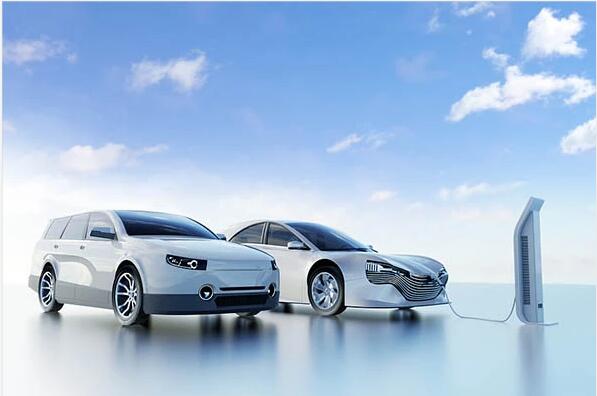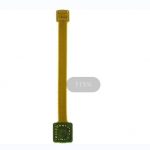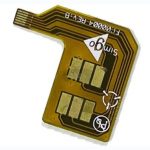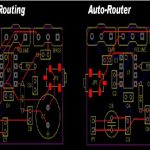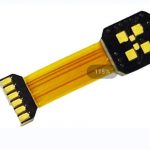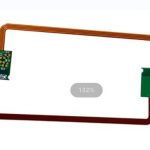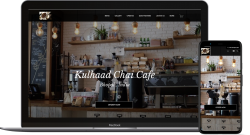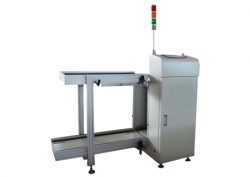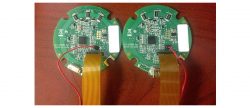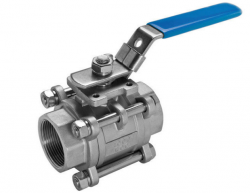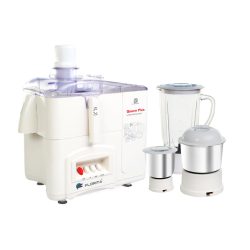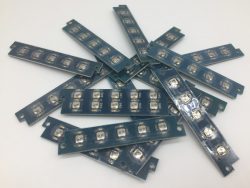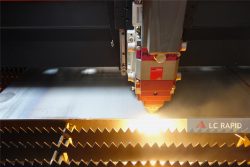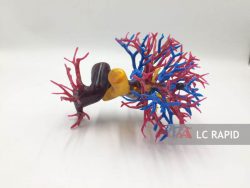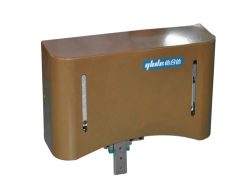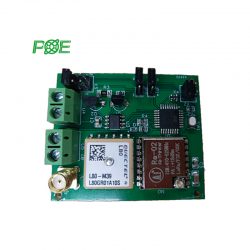Applications of Printed Circuit Board
Printed circuit boards (PCBs) are an essential component of the modern world. They are used in countless electronics, including a wide range of applications in the automotive, aerospace, computing, telecommunications, and medical industries. The popularity of PCBs is due to their superior performance, reliability, and cost-effectiveness. By using PCBs, electronic components can be connected together quickly and easily. Furthermore, their design allows for greater flexibility in the layout of components. PCBs also allow for greater design flexibility. This makes them ideal for a variety of applications, from complex industrial electronics to small consumer electronics.
Global PCB Market Trends
PCBs are a critical component in many industries and applications, and now, more than ever, their importance is being recognized worldwide. As technology advances and automation increases, so does the need for more advanced and reliable PCBs. According to a recent market report, the global PCB market is projected to reach a value of over $70 billion by 2027, representing a steady growth of over 5% from 2020 to 2027. This demand is driven by the growing demand for miniaturization and higher performance in various industrial applications. With their ability to quickly transfer electrical signals, PCBs are key components in modern technology, and manufacturers are continually striving to improve their performance.
Advantages of Our PCB Solutions
1. High reliability
The second advantage of PCB is to reduce the volume of the machine, reduces the cost of products, and improve the quality and reliability of electronic equipment.
2. High consistency
Three advantages of PCB are that it has a good consistency, it can use standardized design, conducive to the automation of equipment production and welding mechanization, and improve productivity.
3. High-density
Over the past few decades, the high density of printed boards has been developed with the increase of integrated circuits and the advancement of installation technology.
4. Designability
For various performance requirements of PCB, printed board design can be realized through design standardization, standardization, etc., in a short time and with high efficiency.
5. Testability
A more complete test method, test standards, various test equipment, and instruments are established to test and evaluate the qualification and service life of PCB products.
Home Appliances
With the development of electronic technology, PCBs are increasingly used in the home appliance manufacturing industry.
PCBs for Healthcare Device
Healthcare
PCBs have an important place in healthcare. Therefore, more work involving PCB assembly is needed to promote medical devices in the industry.
PCB for Automotive industry
Automotive
With the development of modern automotive electronics, PCBs have become an important part of the automotive electronics industry.
PCB for Industrial Control
Industrial Control
Application of PCB in industrial equipment PCB is widely used in the manufacturing industry, including petroleum, chemical, metallurgy, and other industries.
PCB for IoT
IoT
The IoT PCB (Internet of Things Printed Circuit Board) is a specialized type of circuit board that enables the connection and communication of devices to one another.
